A fortress of many lives
Roman engineering, medieval walls and papal power woven into one remarkable monument.
Table of Contents
Hadrian’s mausoleum on the Tiber
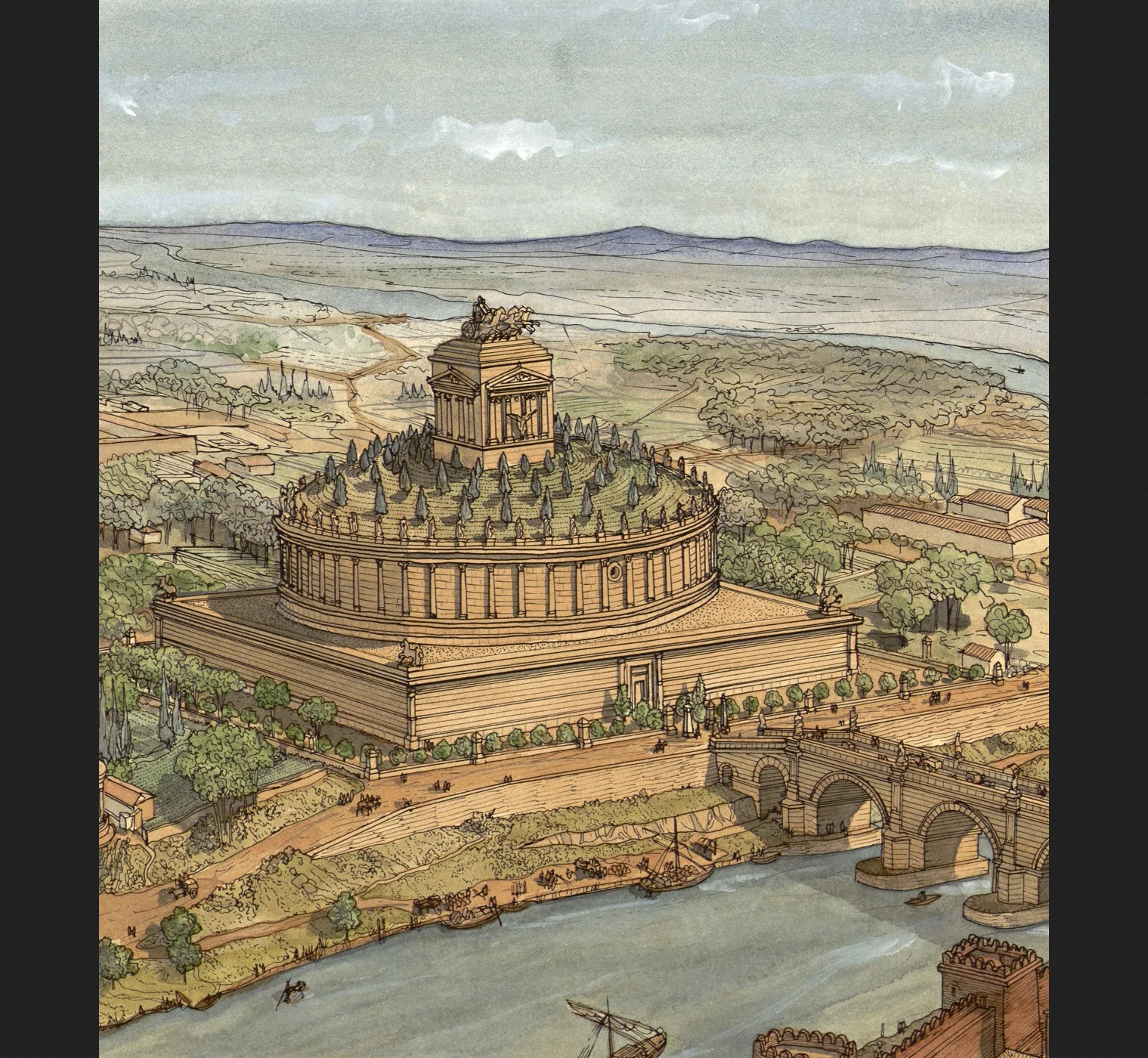
Around 130 CE, Emperor Hadrian began a grand circular mausoleum on the right bank of the Tiber as a dynastic tomb. The monument was linked to the city by a new bridge — today’s Ponte Sant’Angelo.
Over time, the mausoleum’s massive drum and core survived even as decorations vanished. Its sturdy Roman heart would anchor centuries of later transformations.
From tomb to fortress
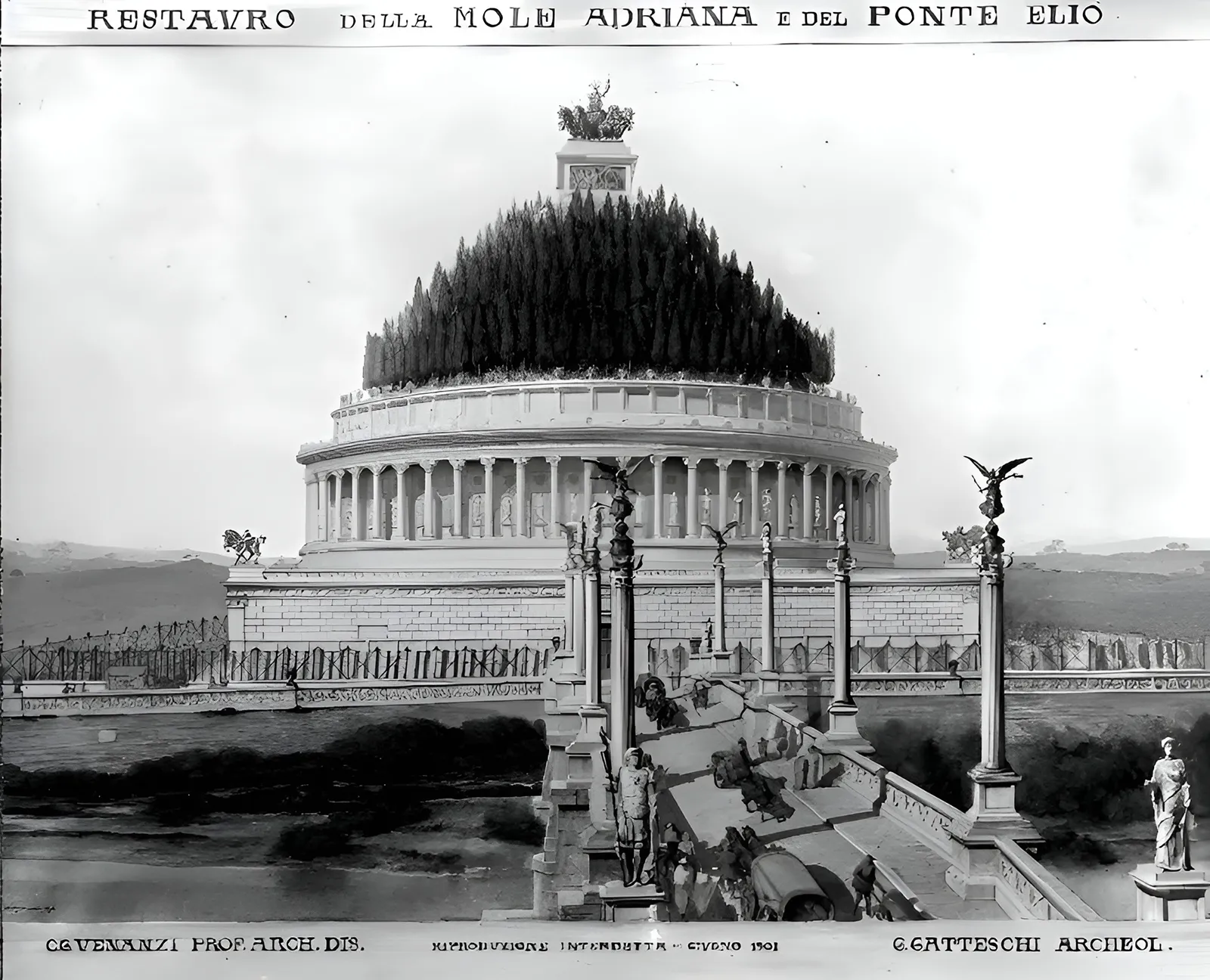
By the early Middle Ages, Rome’s leaders fortified the mausoleum to control the river crossing and protect the Vatican area. Thick walls, battlements and courtyards reshaped the profile we recognize today.
Popes expanded defenses, added towers and adapted interiors for storage, soldiers and ceremonies — turning a tomb into a citadel.
Papal apartments and ceremonies
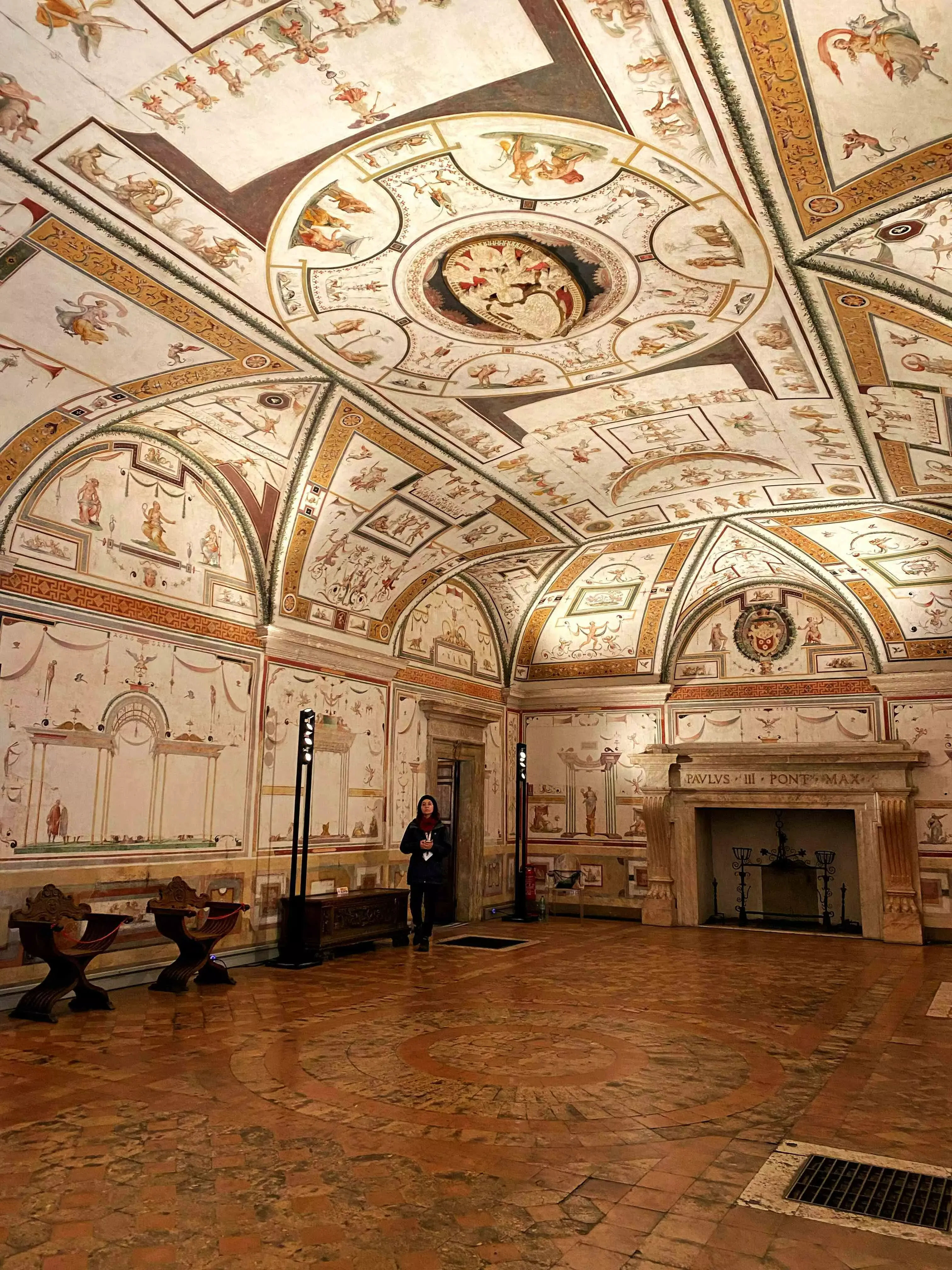
During the Renaissance, sumptuous rooms were decorated with frescoes, stuccoes and emblematic symbols for papal use. These spaces offered safety during unrest and a stage for power.
Walking through today, you’ll see traces of these dual roles — from refined ceilings to thick doors, hidden routes and defensive niches.
The Passetto di Borgo

A fortified passage connects the castle to the Vatican walls, allowing popes to move unseen in times of danger. The Passetto famously offered escape during crises.
Though only occasionally accessible, its presence explains why Castel Sant’Angelo was central to papal survival strategies.
Sieges, prisons and legends
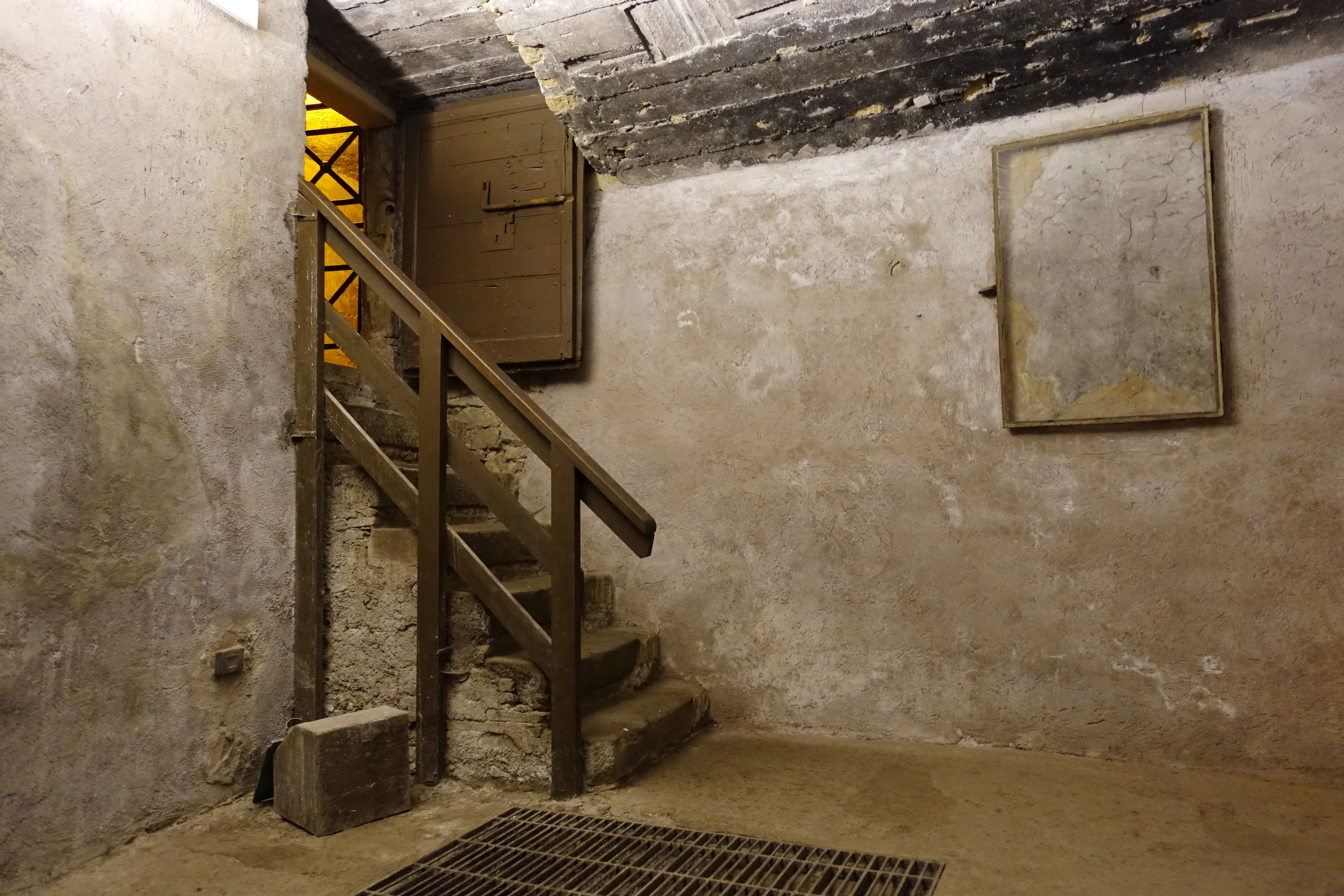
The castle endured sieges and served as a prison. Cells, armories and execution yards tell a sterner side of its past, inspiring centuries of tales and operas.
From the Sack of Rome in 1527 to later conflicts, its walls witnessed turmoil — and resilience.
The angel and the plague

Legend says Archangel Michael appeared sheathing his sword above the mausoleum during a 6th‑century plague, signaling its end. The vision gave the castle its name.
Today, a towering angel crowns the terrace — a symbol of protection watching over the river and the city.
Renaissance works and defenses
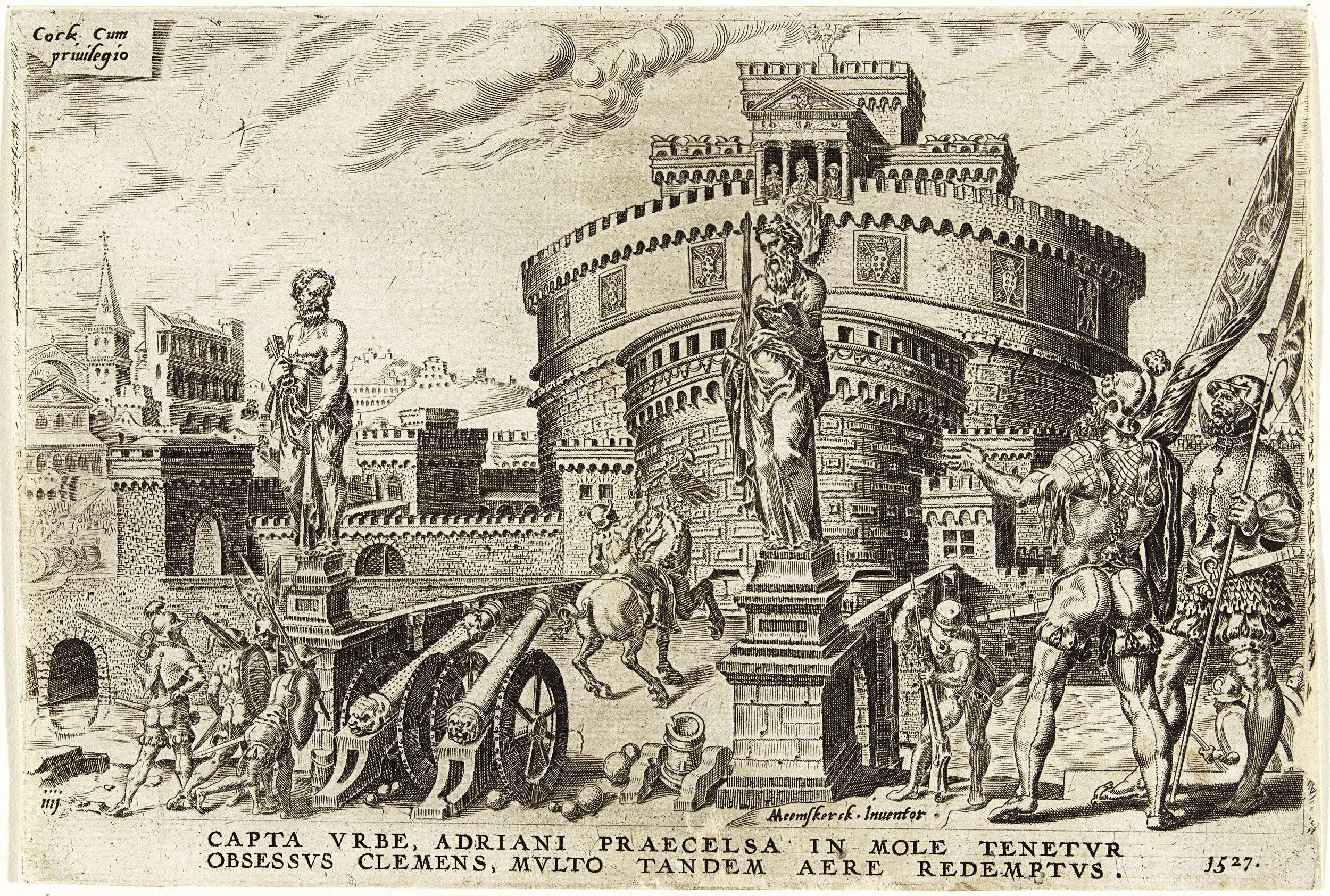
Popes reinforced bastions, reshaped courtyards and commissioned artworks, blending military needs with ceremonial grandeur.
Even as tastes shifted, the castle kept its hybrid identity — not just a museum of arms, but a palace‑fortress with unexpected elegance.
Napoleonic era to modern museum
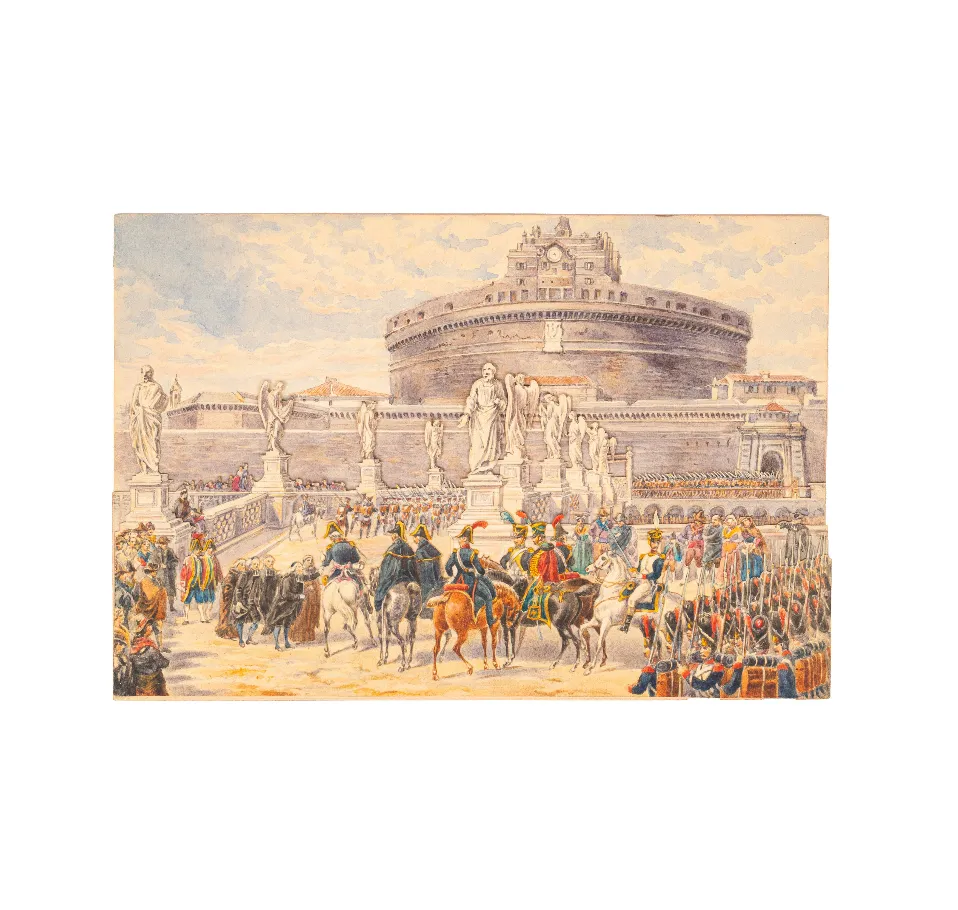
In the 19th century, control and purpose changed with Italy’s political tides. Gradually, the complex evolved from military use to heritage site.
Today it’s a state museum showcasing paintings, sculpture, weapons and architecture — crowned by one of Rome’s finest terraces.
Restoration and care
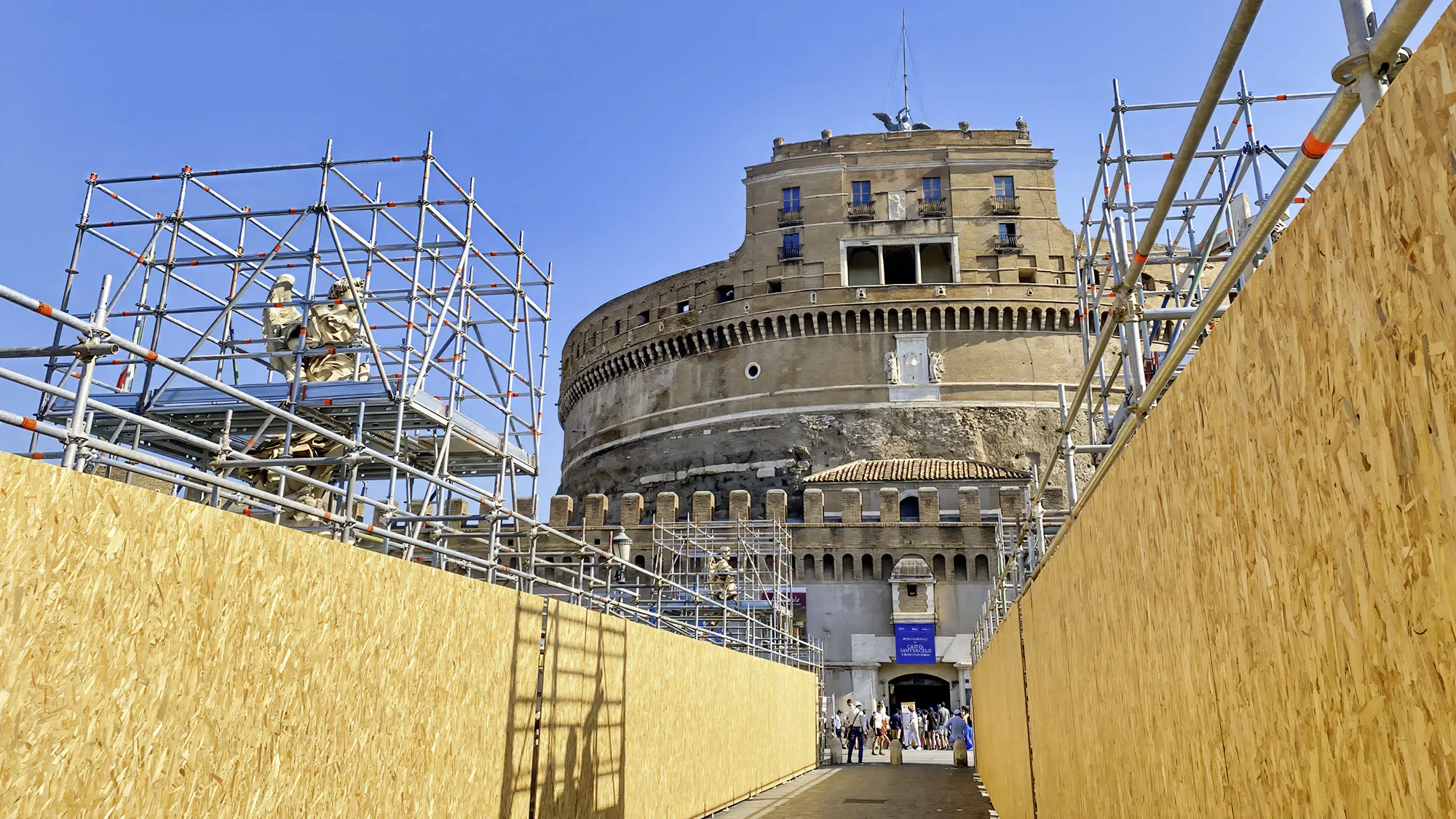
Ongoing conservation stabilizes masonry, protects frescoes and manages thousands of daily visitors across indoor and outdoor spaces.
Improved lighting, paths and safety measures help you experience the castle’s layers while preserving its vulnerable materials.
Castel Sant’Angelo in art and culture

From Renaissance canvases to romantic prints and modern films, the castle’s silhouette — bridge, angels and drum — is a staple of Rome’s imagery.
Its legends and escapes inspired writers, composers and travelers, cementing the castle as both backdrop and protagonist.
Ponte Sant’Angelo and the riverfront

Lined with angel statues from Bernini’s workshop, the bridge frames postcard‑perfect views of the dome of St. Peter’s and the castle.
Sunset from the parapets is magic — street musicians, golden light and the river moving quietly below.
Around the Vatican and Borgo
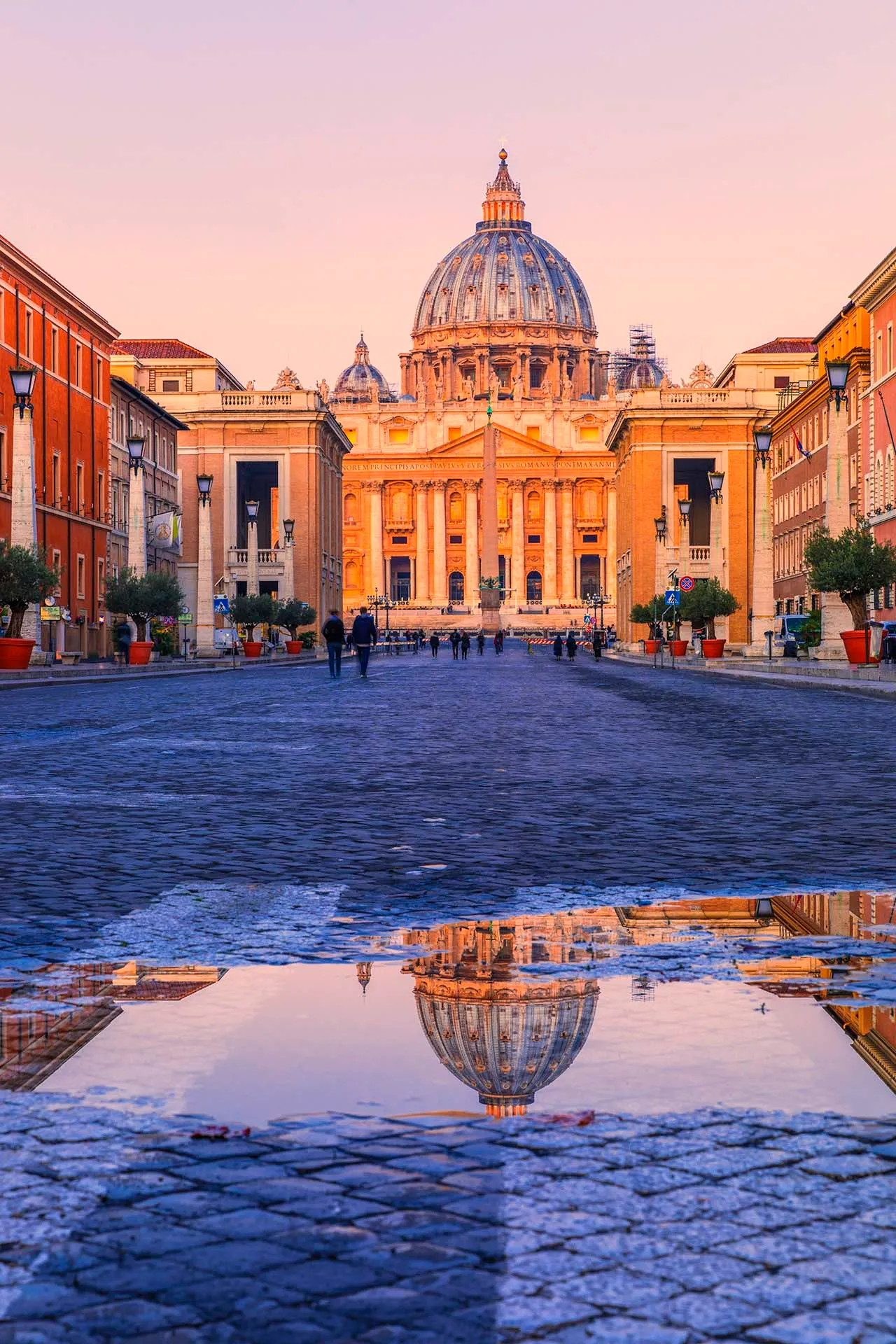
A short stroll brings you to St. Peter’s Basilica, Via della Conciliazione and the cobbled lanes of Borgo with cafés and trattorias.
Cross east toward Piazza Navona and the historic center, or follow the river paths for quieter viewpoints and photo stops.
Why the castle still fascinates

Few places bundle so many lives — imperial tomb, fortress, prison, palace and museum — into one dramatic structure.
Come for the stories and stay for the terrace: Castel Sant’Angelo bridges Rome’s past and present with unforgettable views.